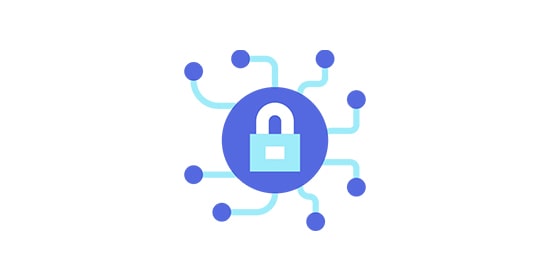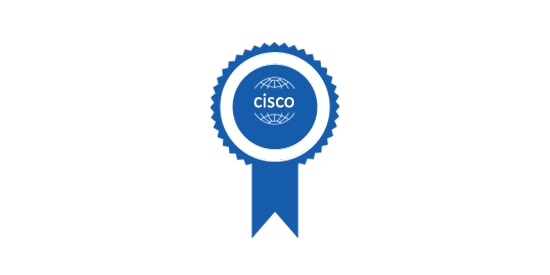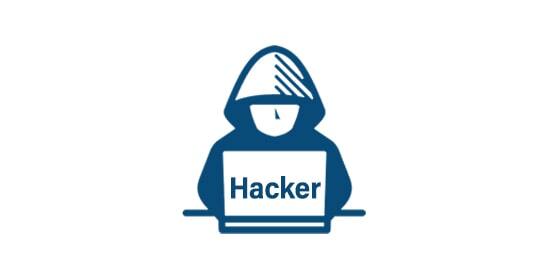CCNP Training

CCNP Online Training
It stands for Cisco Certified Network Professional and is a professional certification that is offered by Cisco which falls under the Cisco Certified Professional Program. This certification specializes in the wireless networking domain. Cisco Certified Network Professional (CCNP) is the next step after receiving CCNA (Cisco Certified Network Associate) certification. Cisco Certified Network Professional (CCNP) certification helps in learning about verifying, planning, troubleshooting, and implementing LAN (Local Area Network) and WAN (Wide Area Network) at the professional level. CCNP-certified individuals may effectively cooperate with experts on wireless and video solutions, advanced security, and voice. They also can work in enterprise-level networking roles such as network engineer, system engineer, network administrator, or network technician. The main work of a CCNP professional is to maintain, implement, and resolve problems that are associated with local and wide area networks.
Course Overview
The CCNP Training validates the technical skills in verifying, troubleshooting, planning, and implementing LANs (Local Area Networks) and WANs (Wide Area Networks). During the CCNP Training, you will learn about basic concepts of router and routing protocols, an overview of default routing, what IP is addressing, how routers distribute the information among them, and many more. This online course also covers several important topics such as different types of routing, verification, and configuration of EIGRP tables, OSPF link state features, and many more. You can clear or receive the CCNP certification with the help of this online training course. There are several CCNP Courses such as CCNP Security, CCNP Data Center, CCNP Routing and Switching, and many more as options for students to choose the course for their best career.
CCNP Certification Key Features
- Introduction to CCNP
- Understanding the importance of CCNP
- Provide you with CCNP training videos for self-study
- Mock tests
- 24/7 support to solve your queries
- One on One session and Flexible schedules
CCNP Certification Key Features
The CCNP course is designed by our expert trainers as per the latest syllabus of the CCNP Certification exam.
There are several professionals who are suitable for CCNP online training course are given below –
- Network Analyst
- IT Security Analysts
- Network Specialists
- Information Security Professionals
- Software Developer
- Network Engineer
- Network Security Engineer
- Cybersecurity Professionals
Top Hiring Company

Industry Trends

Course curriculum / Syllabus
- Overview of DHCP
- How to configure DHCP
- Learning about the IP Helper Address
- How to configure DHCP Relay Services
- Learning about the function of DHCP
- How to configure the DHCP Client
- Overview of IPv6
- Features of IPv6
- Learning about IPv6 Addressing Architecture
- IPv6 Address Types
- What is Address Representation
- Several ISPs and LANs with multiple Routers
- Overview of IBGP and EBGP
- How to establish IBGP Neighbor Relationships
- Description of BGP Neighbor Relationships
- How to establish EBGP Neighbor Relationships
- Introduction to BGP
- How to use BGP in an enterprise network
- Several features of BGP
- BGP Multihoming Options
- BGP Message Types
- OSPF Adjacency Databases
- How to calculate the OSPF Metric
- Overview of Link-State Routing Protocols
- Description of Link-State Data Structures
- OSPF-Area Structure
- Overview of EIGRP Queries
- Introduction to EIGRP Subs
- Description of SIA Connections
- Scalability in Large Networks
- How to prevent SIA (Stuck in Active) Connections
- EIGRP stub-Parameters
- Overview of Router Authentication
- How to configure MD5 Authentication
- Description of MD5 Authentication
- How to troubleshoot MD5 Authentication
- How to verify MD5 Authentication
- How to verify EIGRP IP Routes
- How to use a Wildcard Mask in EIGRP
- Overview of IP default network command
- How to configure basic EIGRP
- How to configure manual route summarization
- WAN Configuration -Hybrid Multipoint
- How to configure EIGRP Bandwidth use across WAN (Wide Area Network) Links
- Overview of Route Summarization
- Load Balancing across equal paths
- How to configure Load Balancing across unequal-cost paths
- How to calculate the EIGRP Metric
- Overview of EIGRP Tables
- Description of EIGRP Metric
- How to integrate the EIGRP and IGRP (Interior Gateway Routing Protocols) Routes
- Underlying Technologies and Processes
- EIGRP Operation
- Description of Static Routing
- Introduction to IP Addressing
- What is Default Routing
- Overview of Dynamic Routing
- Rapid Spanning Tree Protocol:
- BPDU & Convergence in RSTP
- Multiple Spanning Tree Protocol:
- MST Region, Instances with MST
- Type of Interfaces in MLS
- Inter VLAN Routing in MLS
- Multi Layer Switching with CEF
- DHCP within a MLS
- Routing Configuration in MLS
- HSRP / VRRP / GLBP
- Supervisor and Route Processor Redundancy
- Configuring Redundancy Modes & Supervisor Synchronization
- Non Stop Forwarding
- VSS(Virtual Switching System)
- AAA with TACACS+ and RADIUS
- Port Security / 802.1x Authentication,
- 802.1x Port Based Authentication
- Mitigating Spoofing Attacks, IP Source Guard, DHCP Snooping
- Dynamic ARP Inspection, Securing VLAN Trunk, VLAN ACL
- VLAN Hopping,
- Private-VLAN Concept, Configuring and Verifying
- Storm Control
- Introduction to Troubleshooting Process
- Maintenance & Troubleshooting using Tools
- Routing protocols Troubleshooting
- Switch Troubleshooting
- IP Services Troubleshooting
- IPv6 Troubleshooting
- Advanced Services Troubleshooting
CCNP Training FAQ’s:
CCNP stands for (Cisco certified networking professional). It validates your skill for implement, maintains, develop, and troubleshoot LANs and WANs.
Cisco organization provides the CCNP certification. It is proctored online exam, or you can also take it at Pearson VUE testing centres. We can customize your course as you select the module for certification.
The certification cost of the CCNP exam is 300 USD.
The average salary for CCNP professionals is $100K/yr.
We would reschedule your class or provide you with a recording of the session, along with eLearning material for self-study.We would reschedule your class or provide you with a recording of the session, along with eLearning material for self-study.
Yes, you can attend the demo session and clear your concerns.
Yes, we do provide job assistance services
Enquire Now
Related Courses
Why PROLOG INFO
Best Virtual training classrooms for IT aspirants
Real time curriculum with job oriented training.
Around the clock assistance
We are eager to solve your queries 24*7 with help of our expert faculty.
Flexible Timings
Choose your schedule as per your convenience. No need to delay your work
Mock projects
Real world project samples for practical sessions



